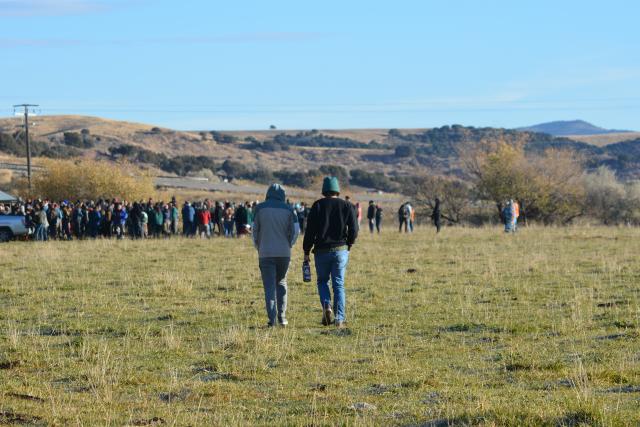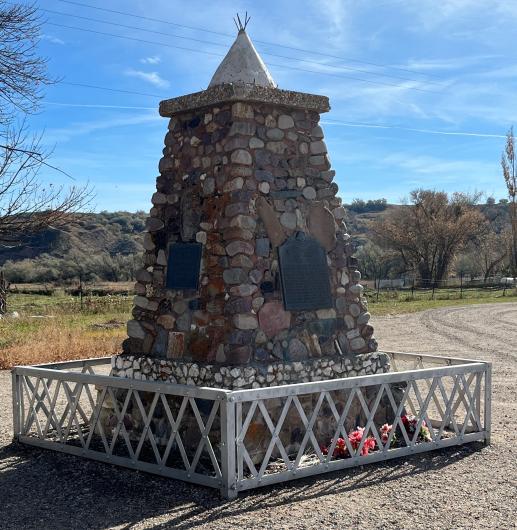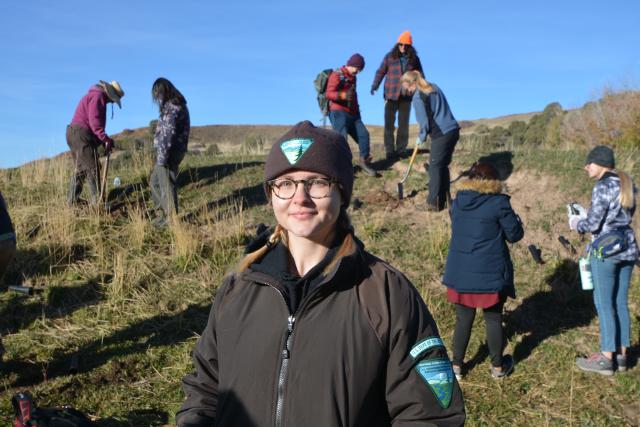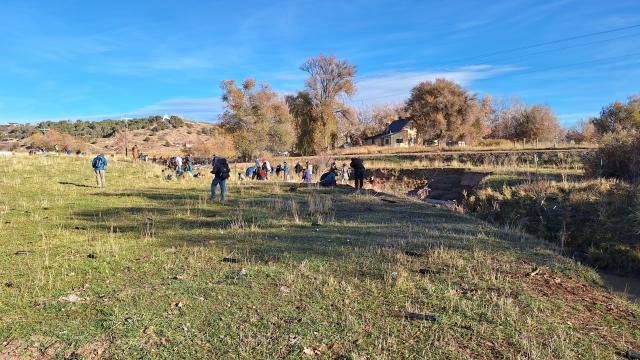Related Stories
- Celebrating volunteers across the Colorado River District
- Connecting Utah students to public lands careers
- BLM joins community in action during Lake Havasu Area Desert Clean-Up
- Local volunteers are the rock of the San Juan Islands National Monument
- Community donates time, labor, resources to care for their Arizona, BLM-administered public lands
Office
440 West 200 South, Ste. 500
Salt Lake City, UT 84101
United States
Phone:





